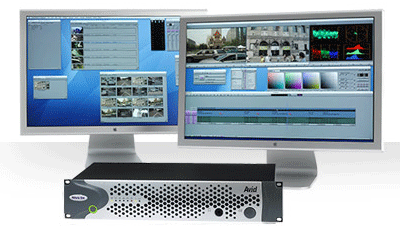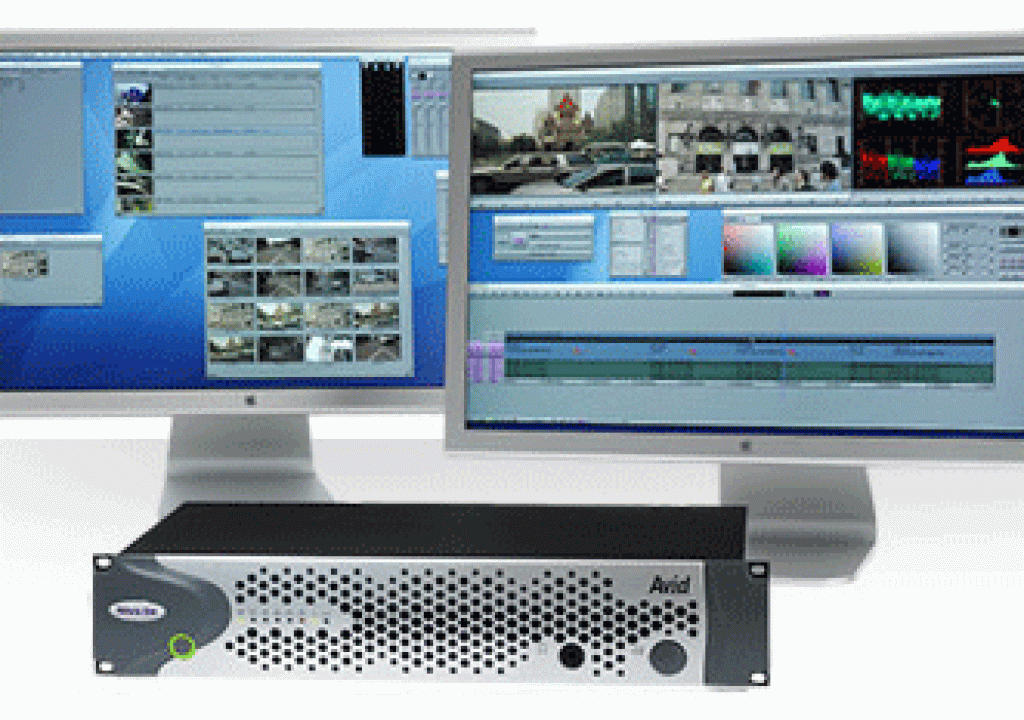
So, it’s been a while since I’ve started writing this series, so I should probably point out that the point here is to simply locate those cool tips and techniques that are easily found in the user manual – if you actually chose to read it. But this is much easier – at least for you – because I’ve sifted out most of the “duh” stuff and just delivered the tips that you might have not heard before.
The theme of this specific column was inspired by a reader who commented on Avid Gems #10. They wanted to know all of the different ways the alt key on Windows or the option key on Mac altered the behavior of various keystrokes and mouse movements, so that’s what I’m serving up today.
The thing with new techniques like the ones I am about to deliver is that if you try to swallow all this in one sitting, it just passes through your brain like … poop through a goose, so here’s what you should do: pick five of the following tips that you think seem like they would help you speed up your editing and just try to use ONE tip each day for a week. If you ever studied a musical instrument, you know that you need to develop muscle memory. So keep trying to use that one tip throughout the day, and then keep using it for the rest of the week as you add each new tip in subsequent days.
You should know these first three Timeline tips already:
To snap to the head of transitions press the Ctrl key (Wintel) or Command key (Mac) as you drag segments selected in Segment mode.
To snap to the tail of transitions press Ctrl+Alt (Wintel) or Command+Option (Mac) as you drag segments selected in Segment mode.
Control + dragging a segment in the Timeline restricts the move to vertical-only. This helps keep things in sync, when moving segments between tracks.
But this one was new to me:
To snap the selected segments to an edit point in the track above or below the current track: Click a Segment Mode button, and then press Ctrl+Shift (Wintel) or Ctrl (Mac) while dragging the segments.
Here are some Editing Commands with modifier keys:
Alt + Z (Wintel) or Option + Z (Mac) lifts and places selected material in Source monitor
Alt+ double-click (Wintel) or Option + double-click a clip, sequence, or Title icon in a bin opens that item in a pop-up monitor instead of into the source or record monitor.
While shift-dragging a clip from the bin into the Record monitor overwrites the clip into the sequence, Alt + dragging (Wintel) or Option + dragging (Mac) a clip into the Record monitor splices a clip into sequence
Alt + T (Wintel) or Option + T (Mac) marks the clip duration at position, ignoring track selection and filler. Without the modifier key, it selects the clip duration of the selected track. The modifier behavior is handy so that you don’t have to unselect tracks and select new ones, just to find a duration. This is a handy thing to do if – for example – you are trying to cut a Title on v2 over the exact length of a clip on v1. If track 2 is selected, because that’s where you’re trying to edit the Title, then you can use this clip to correctly select in and outpoints on v1.
I’ve mentioned this one several times in my books.
Alt+ I (Wintel) and Option+ I (Mac) goes to IN point.
Alt + O (Wintel) and Option + O (Mac) goes to OUT point.
I use this – along with mapping the shift-I and shift-O shortcuts with “Clear In” and “Clear Out” respectively – to put six important keystrokes all in the space of the two easy-to-remember I and O keys.
Control + 6 plays continuous loop from IN point to OUT point
For work in audio:
In the Audio Mix tool Alt + clicking (Wintel) or Option + clicking (Mac) the Pan slider snaps it to Mid.
In the Audio Mix and EQ tool Alt + clicking (Wintel) or Option + clicking (Mac) the Volume slider snaps it to 0db.
In the timeline, Alt + clicking (Wintel) or Option + clicking (Mac) the Audio Track Monitor button selects the track for audio scrub monitoring
In the Automation Gain tool, Alt + clicking (Wintel) or Option + clicking (Mac) the Track Solo button or alt + number or Option + number (Mac) (1 to 8) at top of keyboard will mute selected track (1 to 8) .
In the Timeline, Alt + clicking (Wintel) or Option + dragging (Mac) a keyframe moves the selected audio keyframe horizontally (forward or backward in time).
For work in the Timeline:
Alt + New Video Track or New Audio Track (Wintel) or Option + New Video Track or New Audio Track (Mac) opens a dialog box with choice of track number
If you Control + click (Wintel) or Command + click (Mac) the Track Monitor icon in the Timeline, it Solos that video or audio track.
If you’ve ever wanted to use the Matchframe button without changing the previous in and out points (the default behavior places a Mark In on the frame you matched), click a segment in Timeline, and then: Option + matchframe will place the match frame in Source monitor without marking IN point at that frame.
From Effect Mode Shortcuts
To move keyframes in the Effects timeline, Alt + drag (Wintel) or Option + drag the keyframe allows you to move keyframes.
Alt + the render key (Wintel) or Option + the render key (Mac) renders directly to the last drive selected, without calling up the dialog box.
Modifiers while trimming:
Alt + S (Wintel) or Option + S (Mac) enters Trim mode at the next transition, ignoring track selection.
Alt + double clicking (Wintel) or Option + double-clicking (Mac) a segment puts the segment into Slide mode.
Control + double clicking a segment (Wintel) or Command + double-clicking a segment puts the segment into Slip mode.
Modified Bin Shortcut:
Alt + clicking (Wintel) or Option + clicking (Mac) a column cell opens a list of previous entries from the custom column. This is useful to insure that all of your naming conventions match so that when you do searches and sifts, all of the custom metadata is called up correctly. For example, if you are using a custom column to notate the appearance of a certain person in a shot and in one shot you call the person William and in another shot you label the same person as Bill, then when you search on “William” it won’t call up the shots labeled “Bill.” But if you use this tip, then you only enter a specific word once and then each subsequent time, you select it from the list, insuring that it matches each time.
Title Tool Shortcut:
To keep from getting carpal tunnel syndrome, you should know this important tip: (Alt + clicking (Wintel) or Option + clicking an object (like a word) in the Title tool switches between the Selection tool and Text tool, so you don’t have to keep mousing down to switch between them.
SUMMARY
If this column has n’t satisfied your jones for alt-behaviors, do a search in the on-line Media Composer Help for “shortcuts.”

Filmtools
Filmmakers go-to destination for pre-production, production & post production equipment!
Shop Now













